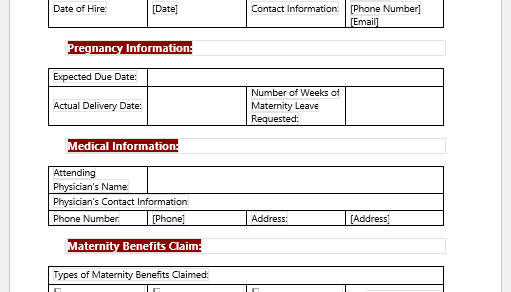Diabetes is one of those diseases that are required to be managed continuously because, if not managed, it can have serious effects on all the vital organs of the body. People who want to work as professionals often follow the diabetes management plans for patients living with diabetes type 1 and type 2. To properly document that plan, they use the management sheet.
This sheet is also issued by doctors to their diabetic patients so that they can keep an eye on their blood sugar levels and make sure that they successfully keep everything under control.
What is a diabetes management sheet?
It is a simple record sheet used by diabetic patients who are concerned about their health and want to make sure that their health and blood glucose levels always remain at a safe level. The management plan includes taking lots of things on board to ensure that blood glucose levels, in conjunction with blood pressure, high heart rate, and cholesterol level, remain under observation.
Why is a diabetes management record sheet important to use?
Many such people suffer from many complications because they fail to keep their blood sugar levels within a safe range. They are either unaware of how to control the sugar or they don’t know how complicated it is to maintain everything at an optimal level. Such patients or their caretakers are advised to use the management worksheet, in which they are required to enter the reading every time they check their blood sugar level. This way, they can see at which time of the day, their blood sugar level goes out of control, and then they can take the necessary steps to control it.
With the use of the management sheet, people remember to check their blood sugar level, and with this, they remain updated about their health.
The main parts of the sheet
The main details that are collected through this record sheet are:
Details of the patient:
This record sheet includes the main details of the patients, such as name, age, and sex, which play a major role in understanding the management of diabetes.
Sugar level reading:
In this column of the management record sheet, you will be required to enter your blood glucose level reading. This column records the readings every day. The patient can easily compare reading on one day with another day to see whether the patient’s health is improving over time or not.
If a patient measures blood sugar levels multiple times in a day, the reading should be noted every time in the same column along with the date and time.
Blood pressure level:
Diabetes and blood pressure are strongly connected. Keeping both of these values at the optimal level is extremely important for the health of the patient. Therefore, the blood pressure reading is essential to be noted on this record sheet.
Possible benefits of using the management sheet
It is helpful during follow-up
Diabetes patients are required to visit their healthcare practitioner once every three months. They can take their record sheet along with them to show the doctor how well they have managed their blood sugar levels.
It helps the doctor see the effectiveness of the medicine
Patients usually use several types of medications to control their medicine prescribed by their doctor. When the doctor sees the recorded data, he can easily figure out if the prescribed medicine is effective or not.
It keeps the patient motivated
Some patients find it hard to monitor their blood sugar levels because they don’t have self-control and also don’t have any motivation. When they are given a worksheet to use, they remember to control their diabetes.
It helps people maintain their weight:
Diabetes, whether type one or type two, is closely related to weight. Diabetic patients are asked to lose weight and stay healthy. While recording the reading, when a patient sees that the blood glucose level is not being regularized, they start to take several steps to keep it within a safe range. Losing weight is one of the primary steps to ensure that they avoid the bad effects of diabetes.
See also:
- Nursing Documentation Templates
- Mental Health Evaluation Forms
- Forms Used by Pediatricians
- Various Forms Related to Pregnancy Verification
- Common Forms Used by ENT Specialists
- Pain Diary Worksheet Template
- Forms Commonly Used by Old Age Homes
- Medical Treatment Consent Form
- Home Exercise Program Worksheet
- Forms Used for Mental Health Assessment
- Forms Used by Psychologists
- Medical Forms Commonly Used by/for Students
- Assessment Consent Form
- Forms Used by an Anesthesiologist
- Not Fit to Fly Certificate Template
- Home Visit Consent Form for Schools
- Important Forms Commonly Used by Pharmacies
- Important Forms Commonly Used by Dentists



